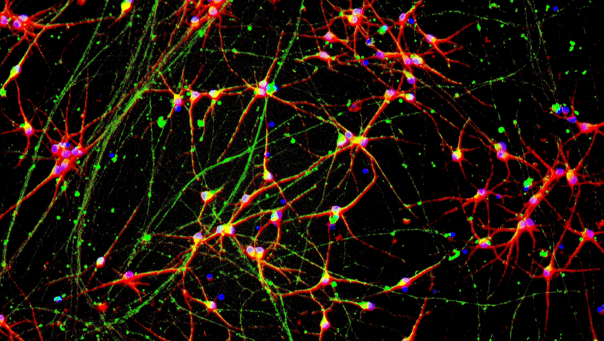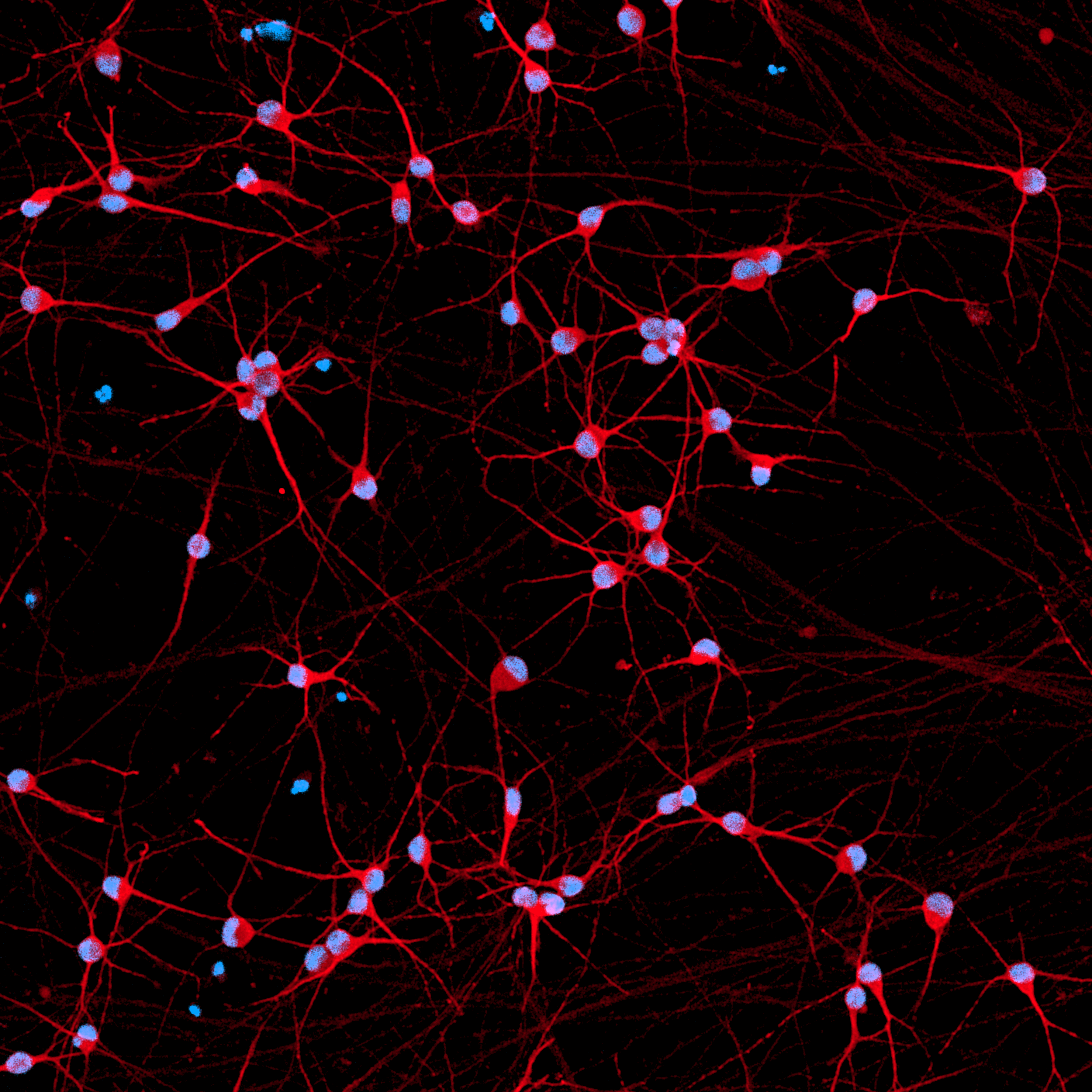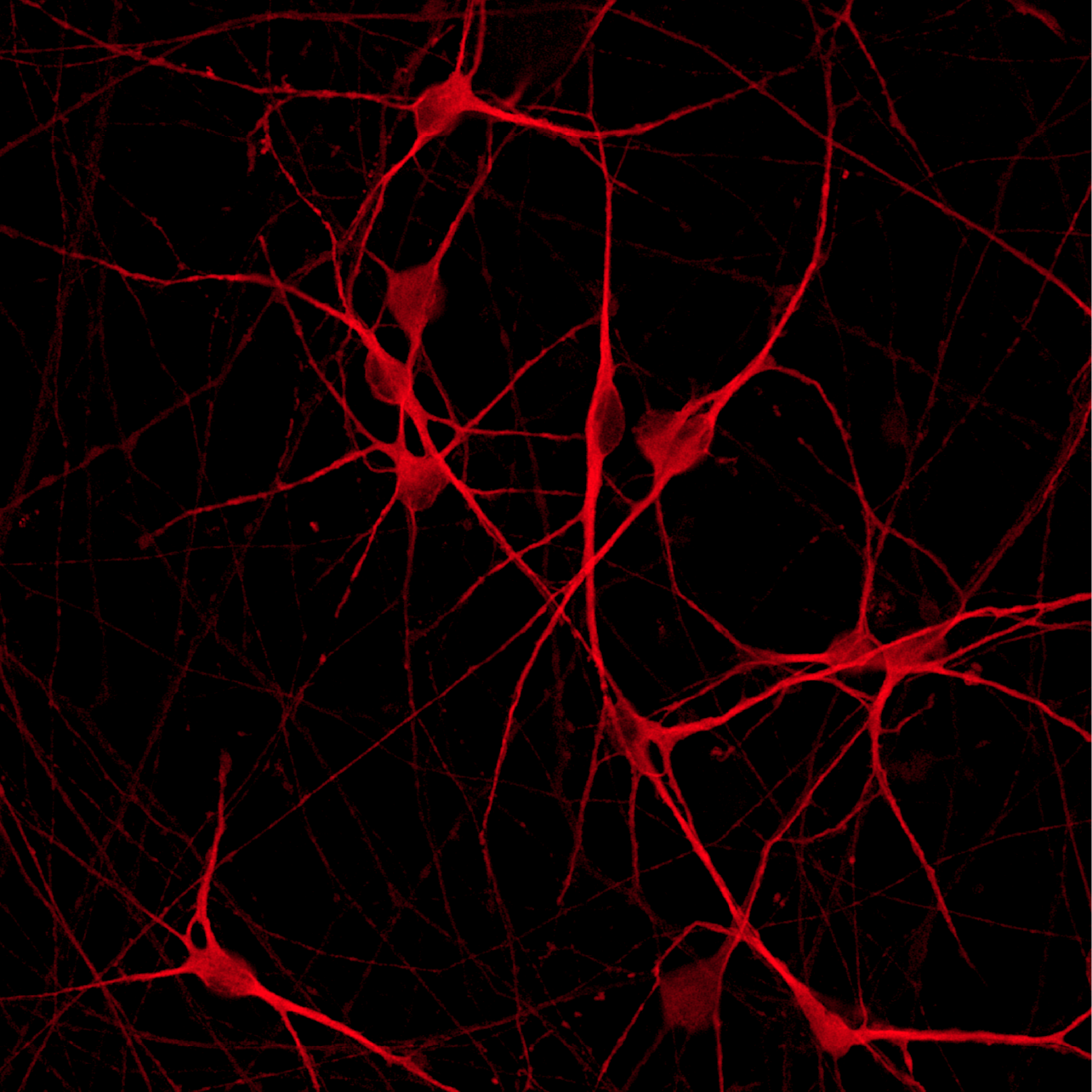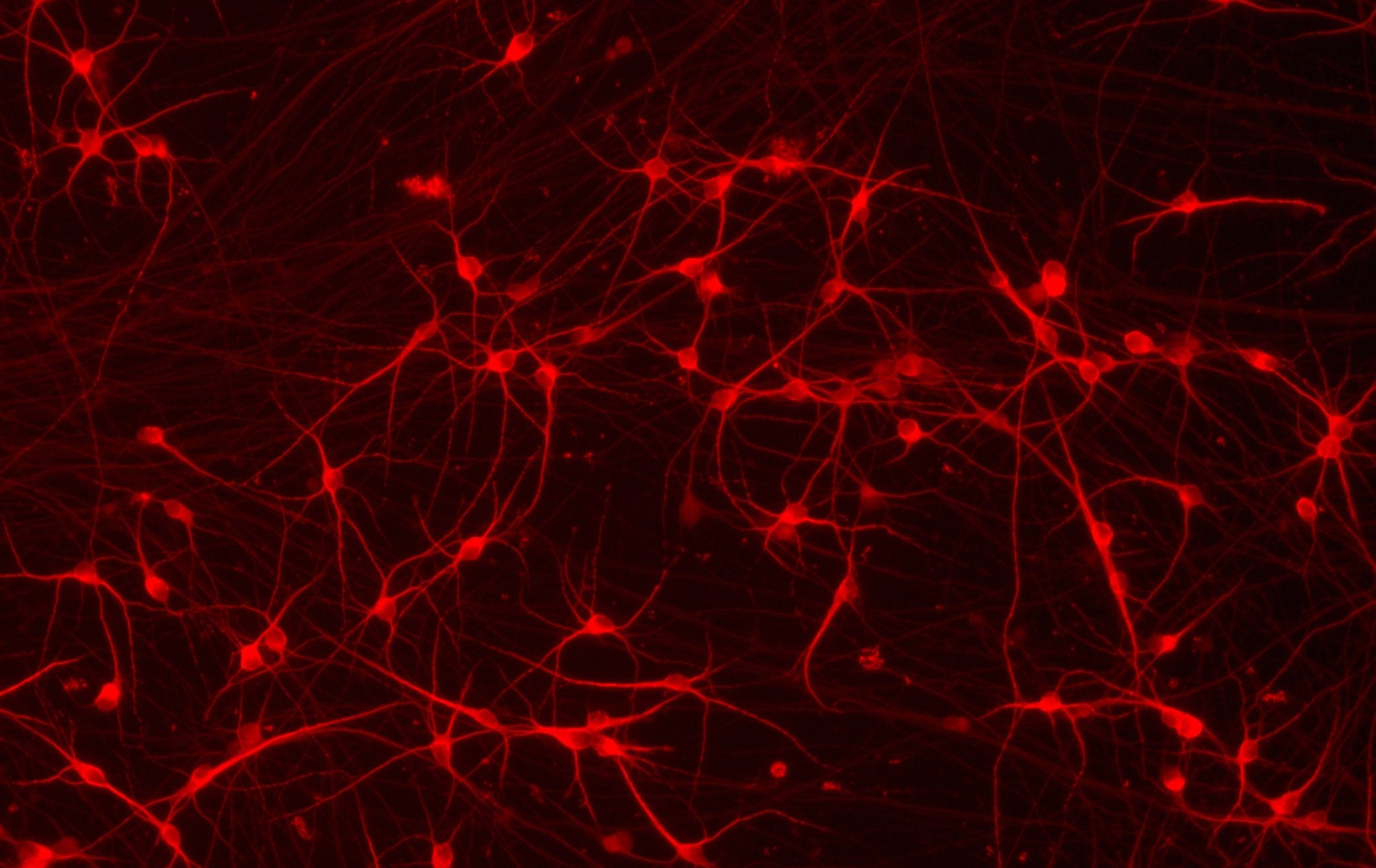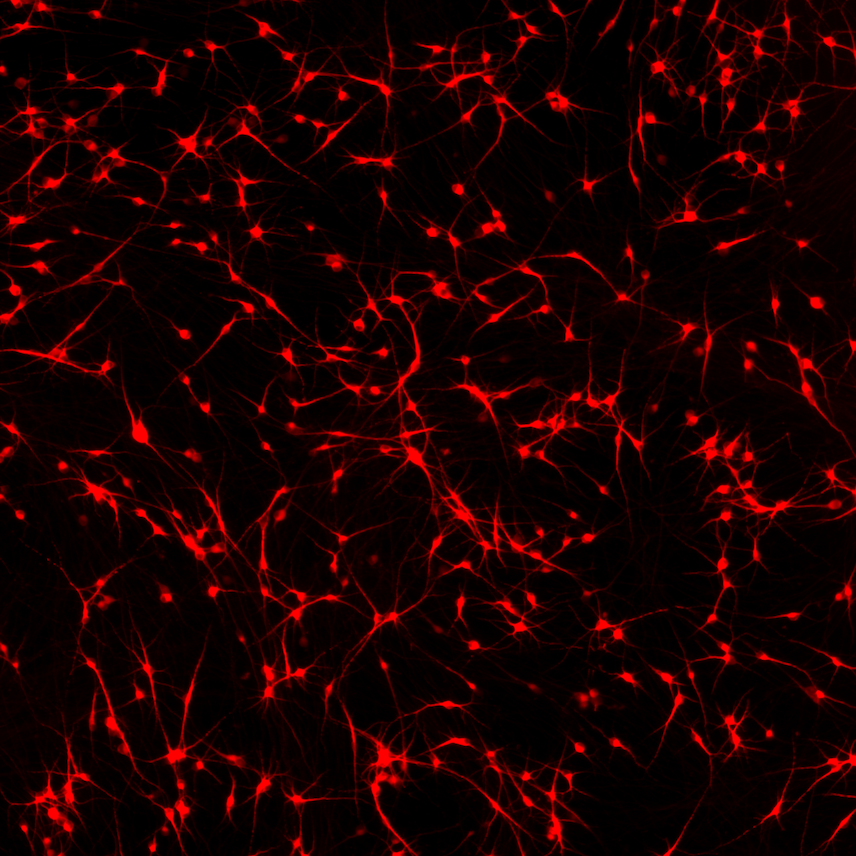









cat no | io6005
ioGlutamatergic Neurons SNCA A53T/WT
Human iPSC-derived Parkinson's disease model
-
Cryopreserved human iPSC-derived cells powered by opti-ox that are ready for experiments in days
-
In vitro cell model engineered with a mutation in alpha-synuclein for Parkinson's disease research
-
Consistent, functional excitatory neurons that form neuronal networks within days

Human iPSC-derived Parkinson's disease model

ioGlutamatergic Neurons SNCA A53T/WT express neuron-specific markers comparably to the wild type control
Immunofluorescent staining on day 11 post-revival demonstrates similar homogenous expression of pan-neuronal proteins MAP2 and TUBB3 and glutamatergic neuron-specific transporter VGLUT2 in ioGlutamatergic Neurons SNCA A53T/WT (clone 621P2D1) compared to the genetically matched control. 100X magnification.

ioGlutamatergic Neurons SNCA A53T/WT form structural neuronal networks by day 10
ioGlutamatergic Neurons SNCA A53T/WT (clone 621P2D1) mature rapidly and form structural neuronal networks over 10 days, highly similar to the genetically matched control. Day 1 to 10 post thaw; 100X magnification.

ioGlutamatergic Neurons SNCA A53T/WT demonstrate gene expression of neuronal-specific and glutamatergic-specific markers following deterministic programming
Gene expression analysis demonstrates that ioGlutamatergic Neurons SNCA A53T/WT (clone 621P2D1) and wild-type ioGlutamatergic Neurons (WT Control) lack the expression of pluripotency markers (NANOG and OCT4) at day 11, whilst robustly expressing pan-neuronal (TUBB3 and SYP) and glutamatergic-specific (VGLUT1 and VGLUT2) markers, as well as the glutamate receptor GRIA4. Gene expression levels were assessed by RT-qPCR (data normalised to HMBS; cDNA samples of the parental human iPSC line (hiPSC) were included as reference). Data represents day 11 post-revival samples, n=2 replicates.

Industry leading seeding density
The recommended minimum seeding density is 30,000 cells/cm2, compared to up to 250,000 cells/cm2 for other similar products on the market. One small vial can plate a minimum of 0.7 x 24-well plate, 1 x 96-well plate, or 1.5 x 384-well plates. This means every vial goes further, enabling more experimental conditions and more repeats, resulting in more confidence in the data.
Vial limit exceeded
A maximum number of 20 vials applies. If you would like to order more than 20 vials, please contact us at orders@bit.bio.








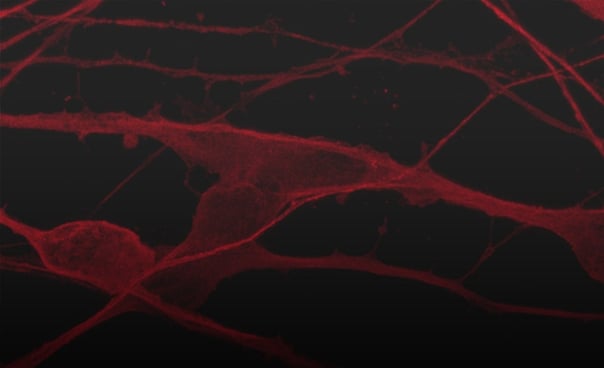
Hoescht(blue)_day12v2.png?width=604&name=bit.bio_ioGlutamatergic%20Neurons_20xMAP2(red)Hoescht(blue)_day12v2.png)
Hoescht(blue)TUBB3(blue)_day4.jpg?width=604&name=bit.bio_ioGlutamatergic%20Neurons_60xMAP2(red)Hoescht(blue)TUBB3(blue)_day4.jpg)
